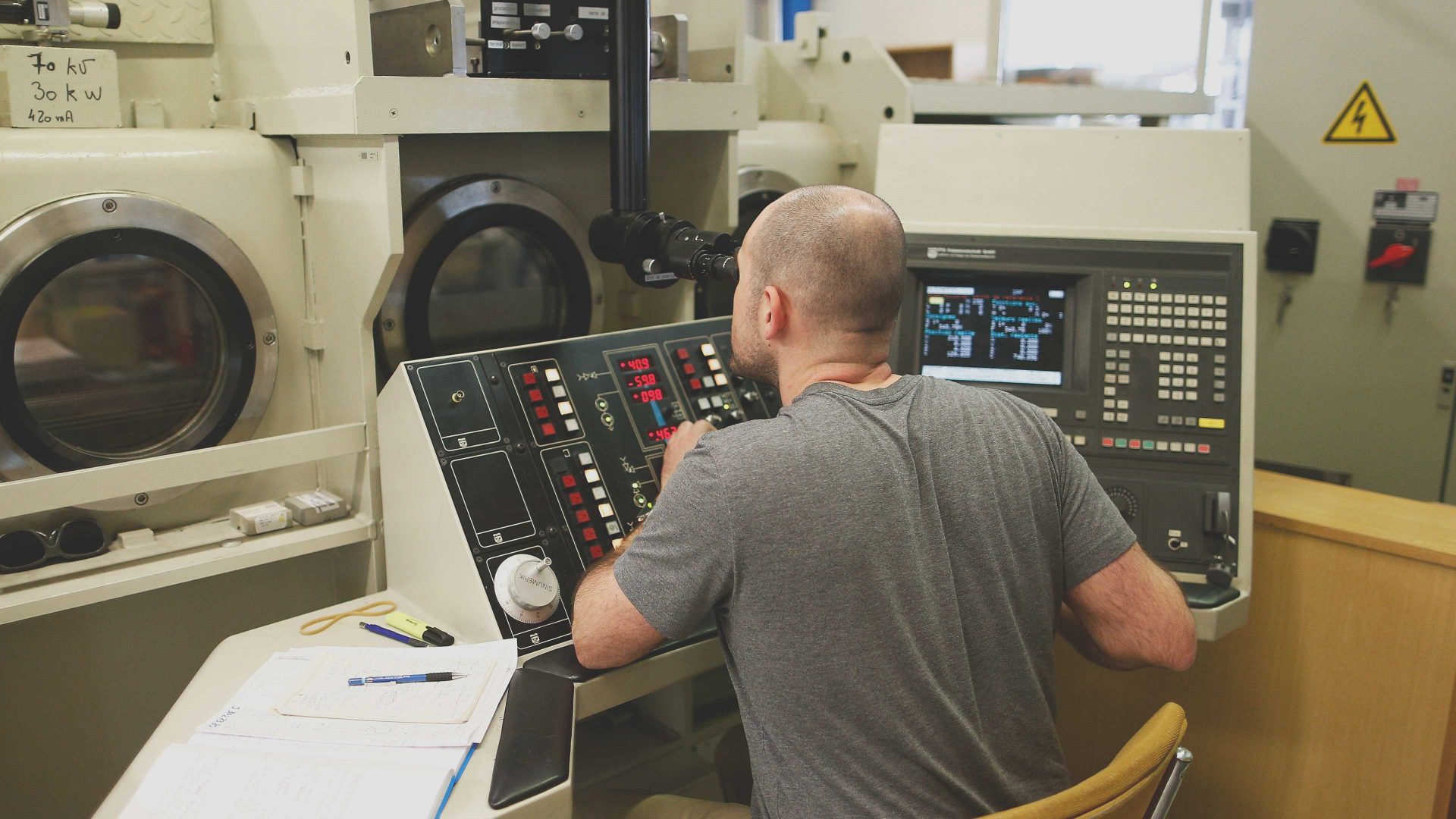The Future Circular Collider (FCC to those of us who like our acronyms), is the fever dream of particle physicists. It is an enormous machine, filling a subterranean tunnel half the length of the M25, wound into a circle, weaving in and out of France and Switzerland, past mountains and under Lake Geneva at depths of 200 metres. It is packed with technologies so advanced that we haven’t even invented them, and should operate until the end of the century. It does not exist – yet. It’s an idea, and a pretty serious one.
The most powerful particle collider today is the Large Hadron Collider. It’s an altogether cosier 27km in circumference and is the flagship machine currently operating at Cern, the European centre for particle physics, near Geneva. The Higgs boson was discovered here and much else, and there’s still half the operational lifetime of the facility to go. Why, you might ask, is a supersized version of the Large Hadron Collider even needed?
To see why we need to go forward, we need first to take a step back. Machines like the Large Hadron Collider and FCC are built to explore the innermost structure of the universe. By this I mean exploring the fundamental constituents that ultimately make up matter and stuff, understanding fundamental forces, and testing theories and ideas about how these make the universe we see.
We’ve understood enough to know there is a lot more to the universe than we’ve been able to detect and explain. Key open questions concern: the identity of dark matter; the unknown nature of antimatter; what new physics phenomena exist; and whether what we think of as “fundamental” actually is. Although these questions might sound esoteric, they are fundamental. Their answers help us understand how the universe evolved, and ultimately why we can exist in it.
The Large Hadron Collider is doing fantastically well, but it can’t give us all the answers. So particle physicists are planning a facility to succeed it. Enter FCC, which is designed to discover features of the Higgs boson that influence the stability of the universe and our everyday matter and that may reveal unseen sectors of the universe. It extends our ability to search for dark matter, and everything else.
It really opens up unknown, unstudied parts of the universe and is part-discovery machine, part-exquisitely powerful stress-tester of everything we’ve understood up to now. There are other contenders for the next-phase machine; shorter accelerators have been proposed, and a similar circular machine is under consideration in China. The key now is to see which solution makes the most sense.
FCC itself is halfway through a huge feasibility study, which will feed into Europe-wide discussions, a decision by 2028, and, if it goes ahead, a start date in the mid-2040s. There’s a lot to work out; the collider route, the technology, what to do with the immense amount of excavated material, how to recycle waste heat, and last but not least, the potential cost.
Current estimates are around £17bn for the 70-year venture – one and a half times as expensive as the Channel Tunnel, in today’s money. This would be paid for by countries’ contributions to Cern – the UK’s share of that cost works out at about £2.40 per person per year.
I personally think the FCC is very exciting, but others don’t see it that way. Critics suggest that the money would be better spent on climate science or epidemiology, or that FCC won’t let us learn anything new – that particle physics has run out of ideas.
I’d argue that this is not an either/or situation. We need to fund climate change and epidemiology, as well as blue skies research like this. We’ll benefit from the technological spin-offs we generate, enriching all our lives for the better. And to the second view, I’d say the opposite. It’s by looking somewhere new that you make progress, gathering the data you need to test and spark ideas. If we do not perform experimental research at all, then we will learn nothing.
Tara Shears is professor of physics at the University of Liverpool



